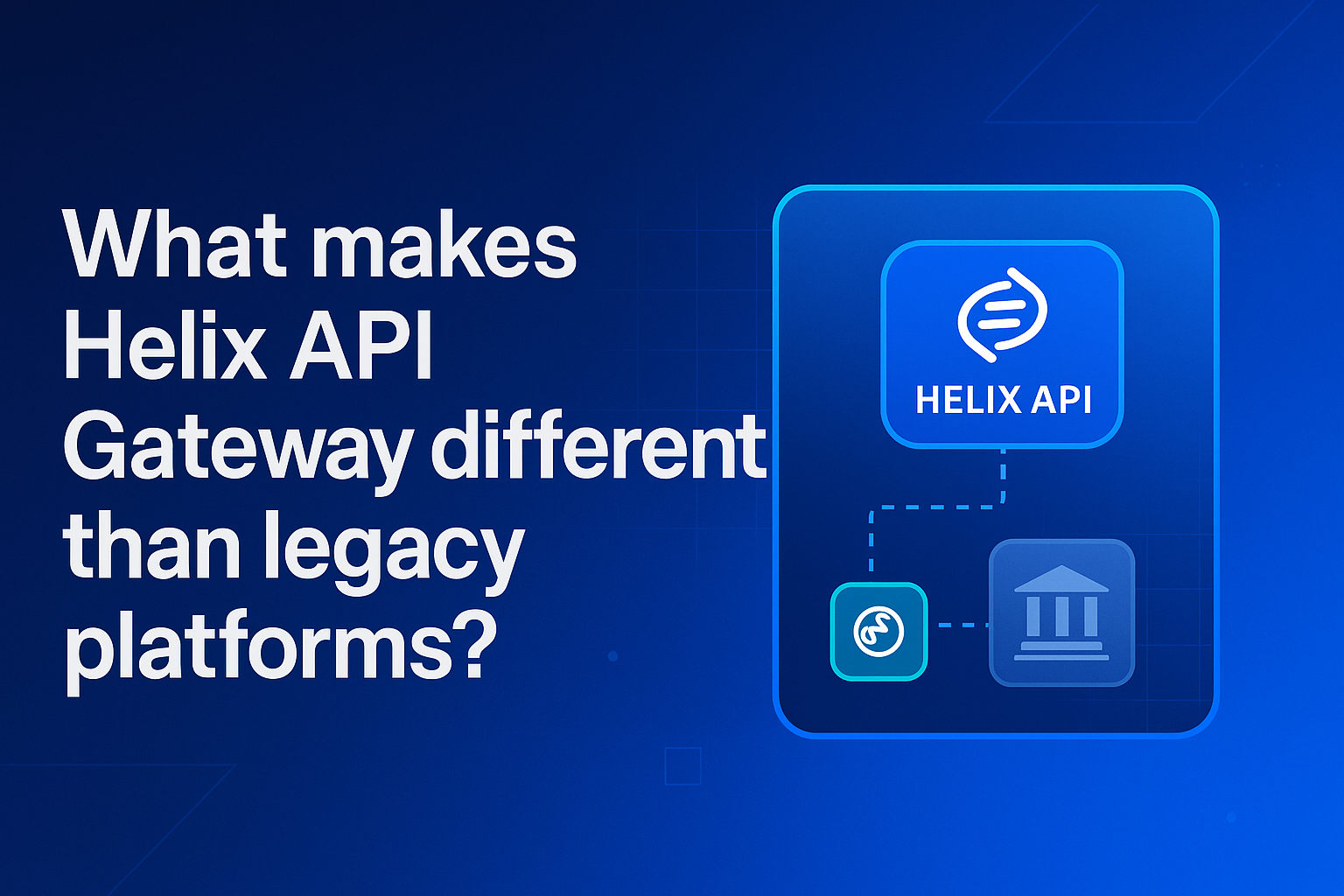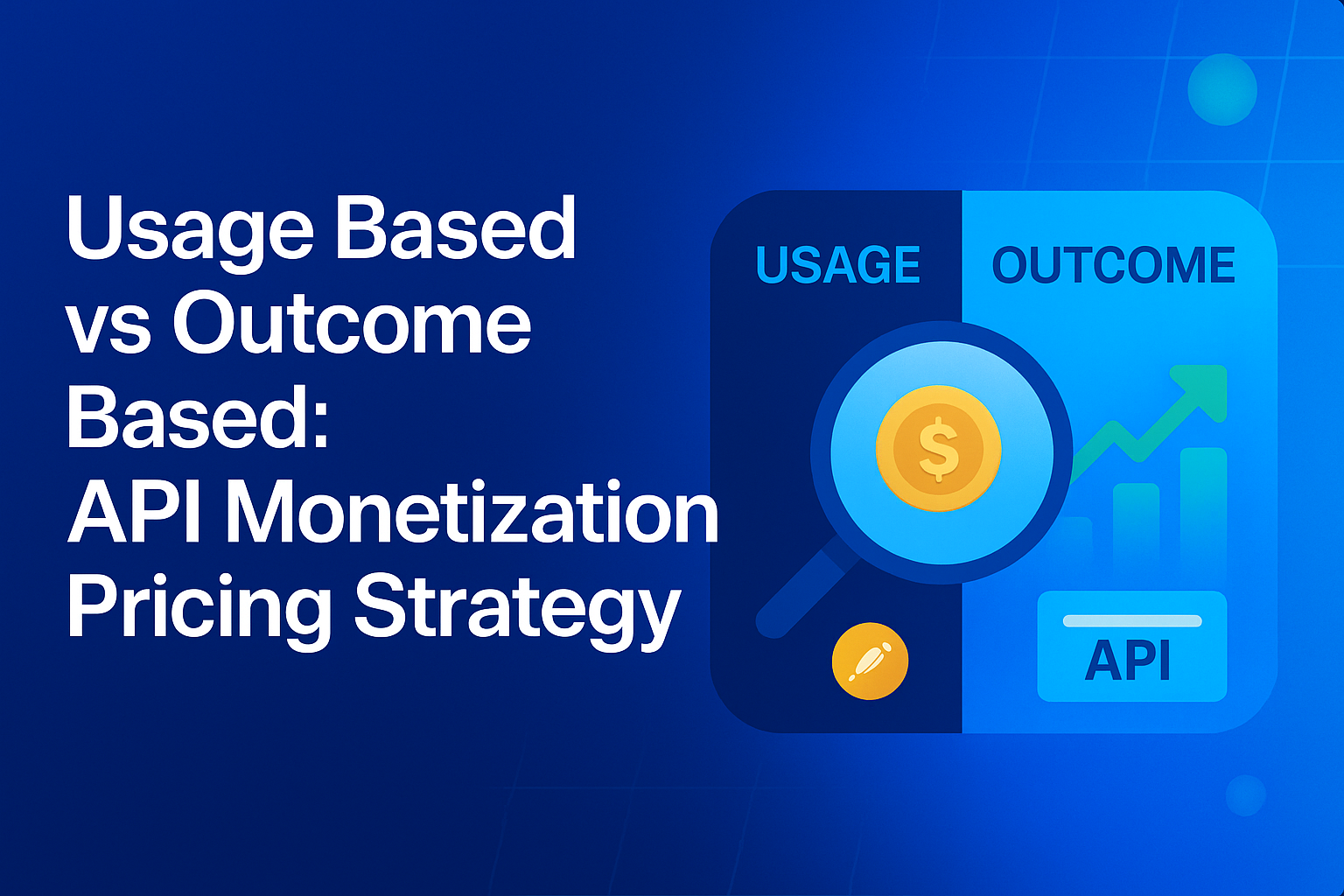
Internal developer experience (DX) has quietly become one of the biggest productivity levers inside large enterprises. As teams scale, APIs multiply across departments, clouds, and gateways, leaving developers spending more time searching for what already exists than building what’s next.
A great DX platform changes that. It gives teams a unified space to discover, test, and reuse APIs effortlessly, backed by consistent governance and visibility. The best-rated developer experience platforms go beyond documentation; they remove friction, automate onboarding, and make internal APIs feel as polished as external ones.
In this blog, we explore what makes such platforms stand out, and how enterprises can empower internal teams to move faster with confidence.
What defines a great developer experience platform?
A great developer experience platform doesn’t just organize APIs, it removes friction, automates governance, and helps teams collaborate effortlessly. The best ones make internal APIs as discoverable and usable as any public product. Here’s what defines a truly great DX platform:
- Unified API & event catalog: Centralizes every API, event stream, and microservice across Apigee, AWS, Kong, and other gateways. Developers no longer need to guess which team owns what, they can search, filter, and reuse APIs instantly through a single interface.
- Instant self-serve access: Empowers internal developers to subscribe to APIs without waiting for approvals or manual provisioning. Secure role-based authentication ensures governance while keeping onboarding friction-free.
- Automated documentation & SDK generation: Automatically generates and updates OpenAPI specs and SDKs. This eliminates outdated docs and ensures every developer has the latest information.
- Built-in governance & policy enforcement: Applies consistent policies across teams and environments, from security tokens to rate limits, ensuring compliance without slowing down delivery.
- Integrated analytics & observability: Tracks usage, latency, and adoption across gateways, helping teams identify redundant APIs, optimize performance, and understand which services drive the most value.
- Collaboration & feedback workflows: Provides shared workspaces, comment threads, and request tracking so developers and API owners can communicate, iterate, and publish updates in one place.
- AI & MCP readiness: Prepares your APIs for the next generation of consumption, where AI agents, not just humans, discover and interact with them through Model Context Protocol (MCP) integration and semantic discovery.
.png)
Why internal developer experience fails without a unified platform?
When enterprises grow, so do their APIs, often faster than the systems built to manage them. Without a unified platform, each team ends up maintaining its own tools, documentation styles, and access rules. The result isn’t innovation, it’s inefficiency disguised as autonomy. Here’s why internal developer experience breaks down when APIs live in silos:
1. Scattered API ownership
APIs are often managed by different teams using separate gateways or tools. Without a shared catalog, developers don’t know what already exists, leading to duplicate work and lost institutional knowledge.
2. Fragmented access controls
Every gateway enforces its own authentication rules. Developers waste time requesting tokens or waiting on approvals instead of building, slowing down every new project.
3. Outdated or inconsistent documentation
Docs live in wikis, PDFs, or repos that quickly go stale. Without automation, updates lag behind code changes, leaving developers guessing what’s accurate.
4. Lack of visibility and analytics
Most teams can’t see which APIs are being used, by whom, or how often. This lack of usage intelligence prevents informed decisions about deprecations, scaling, or optimization.
5. Inconsistent governance
Policies differ across environments, some APIs enforce rate limits or encryption, others don’t. The absence of centralized governance introduces compliance risks and operational gaps.
6. No foundation for AI or automation
Disconnected systems make it impossible to expose APIs cleanly to AI agents or automation workflows. Without a unified layer, enterprises can’t evolve toward MCP-ready or AI-driven integration models.
Checklist to choose the right internal developer experience platform
When evaluating a developer experience (DX) platform for internal teams, it’s not about feature count, it’s about removing friction, enabling self-service, and ensuring governance without slowing teams down. Use this checklist to see if your chosen platform truly helps developers build faster and smarter.
1. Unified API & event catalog
Can the platform centralize APIs, events, and integrations across multiple gateways like Apigee, AWS, Kong, or Mulesoft into a single searchable interface?
Without a unified catalog, developers waste time rediscovering existing APIs or duplicating work. A consolidated inventory makes every internal API instantly discoverable and reusable, regardless of where it’s hosted.
2. Self-serve access & secure onboarding
Does it let developers explore and subscribe to APIs instantly, with automated approval flows and single sign-on (SSO) support?
Internal teams shouldn’t need to raise tickets for access. The best DX platforms combine convenience and control, allowing teams to build faster while maintaining compliance and identity-based security.
3. Automated documentation & versioning
Can the platform auto-generate and continuously update documentation, SDKs, and changelogs directly from live APIs?
Static wikis and outdated docs create costly mistakes. An automated documentation engine ensures every endpoint stays current, reducing confusion and onboarding time for new developers.
4. Consistent governance & policy enforcement
Does it allow you to define and enforce API policies, authentication, rate limits, encryption, and naming standards, across all teams and environments?
In large enterprises, inconsistency breeds risk. A centralized governance model helps you maintain compliance, prevent shadow APIs, and standardize security practices without introducing bottlenecks.
5. Real-time analytics & feedback loops
Does it offer unified insights into API performance, usage, and adoption across multiple gateways?
Visibility is the foundation of improvement. With analytics, teams can identify popular APIs, spot performance issues early, and track ROI, turning internal APIs into measurable assets rather than black boxes.
6. Collaboration & discovery experience
Does the platform include collaborative features like tagging, discussions, and API requests between teams?
The best DX platforms act like internal “API marketplaces,” enabling developers to share feedback, request enhancements, and easily find APIs relevant to their use case, all within one workspace.
7. AI & MCP readiness
Can the platform expose APIs to AI agents and integrate with frameworks like the Model Context Protocol (MCP)?
The next phase of developer experience isn’t human-only. Platforms that make APIs consumable by AI agents unlock autonomous development, automated testing, and agentic workflows, future-proofing your ecosystem.
8. Seamless integration with existing tooling
Does it integrate natively with CI/CD pipelines, GitHub, Postman, and identity providers like Okta or Azure AD?
Developer adoption depends on familiarity. A platform that fits into existing workflows ensures teams don’t have to abandon their tools, it simply makes them work better together.
9. Multi-mode deployment (Internal, Partner, Public)
Can the platform manage APIs across internal, partner, and public environments while maintaining unified visibility and governance?
As ecosystems evolve, you’ll need to manage both internal and external developer experiences. A platform with flexible deployment modes helps you scale without fragmentation.
10. Proven enterprise scalability & support
Is the platform proven in enterprise environments with strong SLAs, role-based access control, and support for complex org structures?
Internal DX at enterprise scale demands reliability. Choose a platform with the maturity, performance, and support infrastructure to handle mission-critical workloads across departments and geographies.
How DigitalAPI solves the internal developer experience problem?
Most internal DX challenges stem from fragmentation, APIs scattered across gateways, inconsistent documentation, and slow onboarding. DigitalAPI brings it all together into one seamless experience for developers and architects alike. From lightweight API deployment to unified discovery, testing, and governance, it gives enterprises a single, intelligent layer to manage and scale their entire API ecosystem.
- Design and deploy APIs effortlessly: Build and run APIs on helix gateway, DigitalAPI lightweight, high-performance gateway built for hybrid and multi-cloud environments. It simplifies setup, scales seamlessly, and replaces heavy, config-driven gateways with intuitive automation.
- Unify APIs across gateways and clouds: Connect APIs and events from Apigee, Mulesoft, AWS, Kong, and others into one centralized catalog. DigitalAPI eliminates silos so teams get full visibility of what exists, where it runs, and who uses it.
- Enable instant discovery and self-serve access: Developers can search, filter, and subscribe to APIs through an internal portal, no tickets, no waiting. Role-based access control ensures security while keeping onboarding friction-free.
- Test and experiment safely in sandboxed environments: Built-in sandboxing lets teams try APIs in a controlled setting with mock responses and live endpoints. This accelerates prototyping and encourages reuse without impacting production systems.
- Automate documentation and versioning: Documentation can be generated and updated automatically from OpenAPI specs and meta data, ensuring no more stale information. Sdks and changelogs stay synced with every deployment.
- Future-proof with mcp and AI readiness: DigitalAPI makes APIs agent-ready by supporting the model context protocol (MCP). This means AI agents can discover, understand, and interact with enterprise APIs autonomously, the next evolution of DX.
Final thoughts
A strong internal developer experience is no longer a nice-to-have, it’s the foundation of enterprise agility. When developers can easily discover, test, and reuse APIs, innovation compounds across teams. DigitalAPI enables exactly that: a unified, AI-native platform where every API, event, and workflow is visible, governed, and ready for both humans and intelligent agents. It removes silos, automates the repetitive, and helps organizations scale faster without losing control.
As enterprises prepare for the next era of AI-driven integration, platforms that blend simplicity, governance, and intelligence will define the leaders. With DigitalAPI, your internal teams don’t just manage APIs, they build smarter, faster, and future-ready. So, what are you waiting for? Book a Demo today!
FAQs
1. What is an internal developer experience platform?
An internal developer experience (DX) platform is a centralized system that helps enterprise teams discover, access, and manage internal APIs, events, and integrations. It simplifies how developers build and reuse existing services by offering unified visibility, automated documentation, and governance, ensuring faster delivery, fewer redundancies, and a consistent experience across teams and gateways.
2. How can enterprises improve internal developer productivity?
Enterprises can boost developer productivity by unifying scattered APIs, automating documentation, and enabling self-serve access through a secure, governed portal. This removes dependency on manual approvals or tribal knowledge. Platforms like DigitalAPI.ai streamline discovery, testing, and analytics across gateways, letting developers focus on innovation rather than configuration or searching for the right API.
3. What makes a developer experience platform best-rated?
The best-rated DX platforms combine ease of use, automation, and scalability. They unify APIs from multiple gateways, automate policy enforcement and documentation, provide in-depth analytics, and support both human and AI agent access. A truly modern DX platform, like DigitalAPI transforms fragmented API ecosystems into intelligent, self-serve environments that drive faster, compliant innovation.
You’ve spent years battling your API problem. Give us 60 minutes to show you the solution.
.svg)











